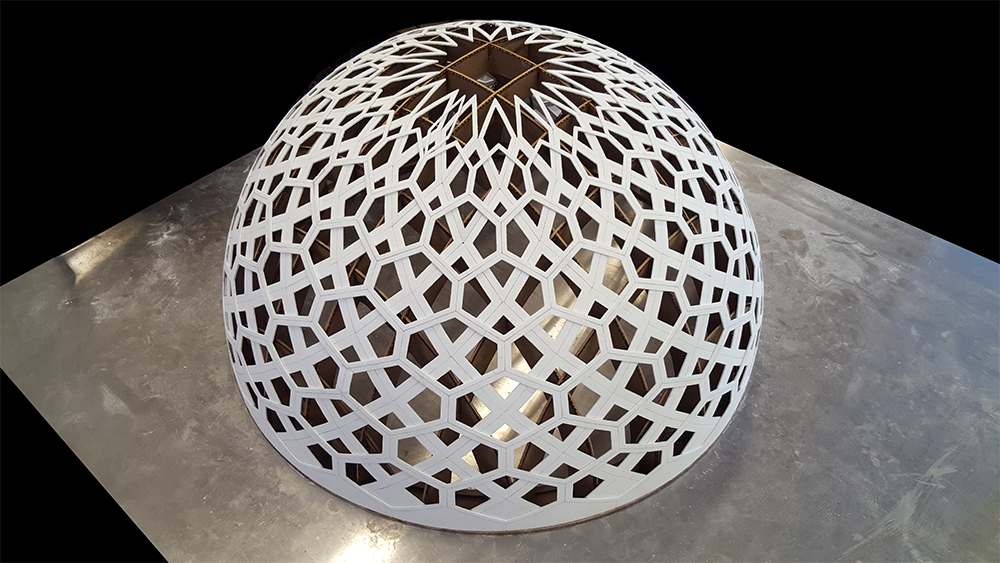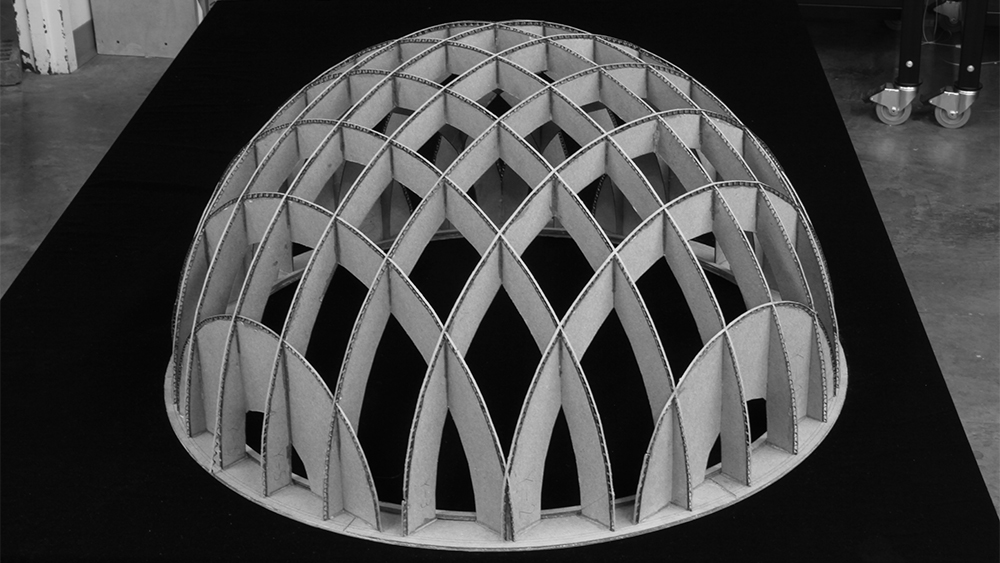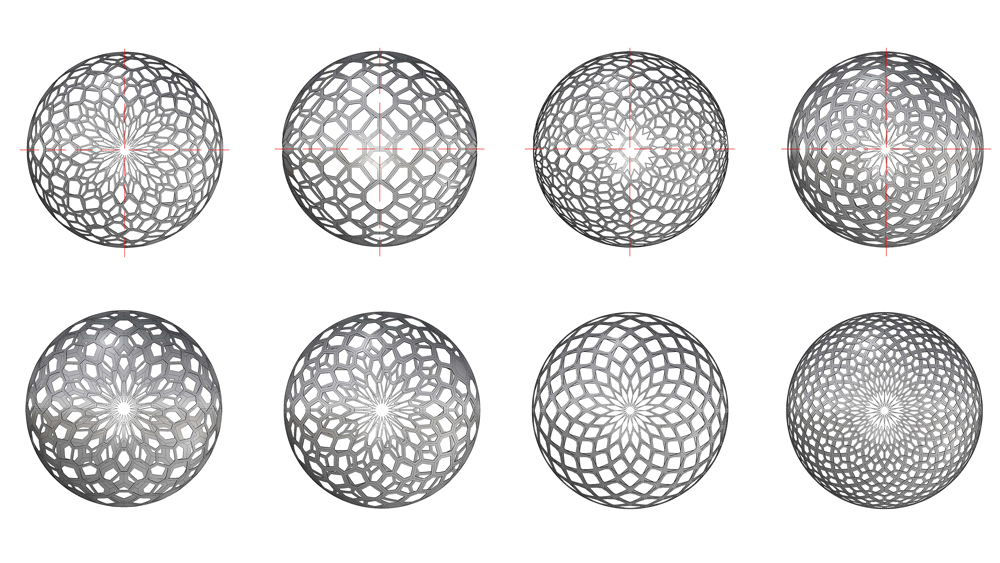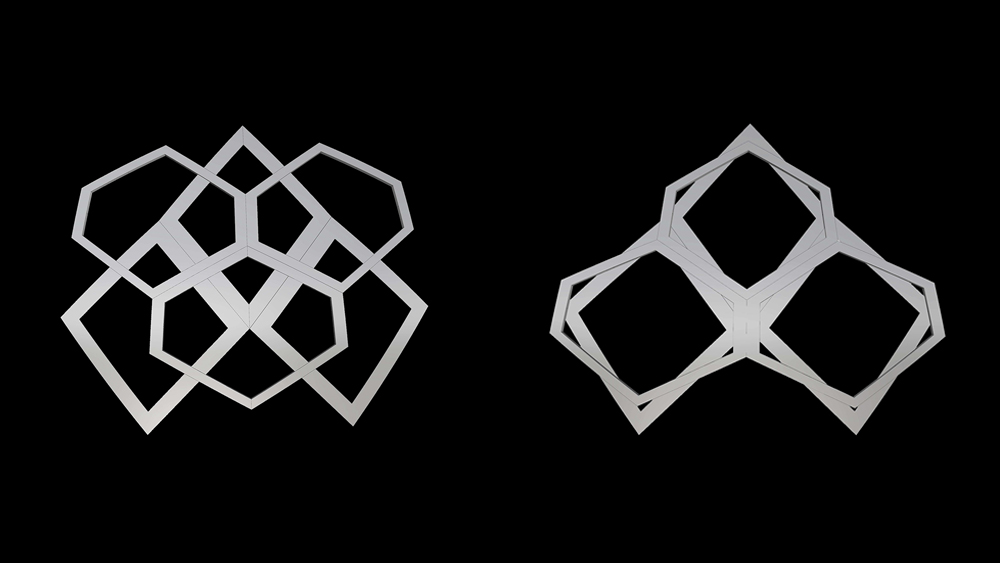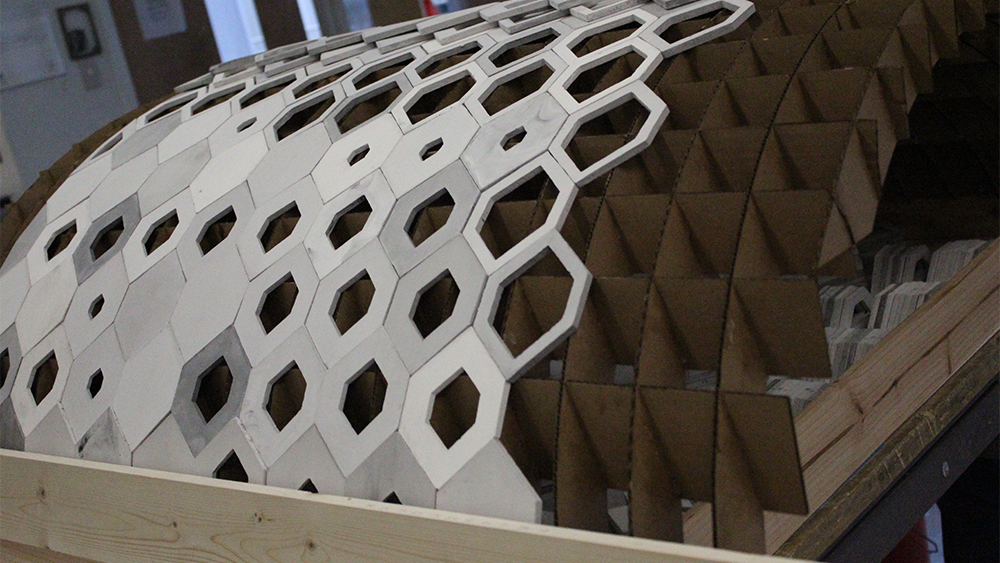PRECAST CONCRETE SHELLS
Throughout human history the ubiquitous implementation of shell structures has traditionally incorporated labor intensive and time consuming standards of masonry production and construction resulting in structures with limited geometries, programmatic possibilities, responsive natures, and adaptations. Traditional masonry thin shells are advantageous in that they are capable of spanning long distances using the least amount of materials. However, they suffer from the limitations of standardized materials, the need for reinforcement, geometry, porosity, and a lack of quality control during the construction process. Similar to thin shells, grid shell structures are also able to achieve great spans with the minimal material but also allow for more possibilities for porosity. It is limited in that they cannot provide shelter as they are only frames. The internal forces are carried by members and they must follow a restricted path. The overall research objective is to produce adaptive shell structures with diverse, anisotropic performance by optimizing geometries and jointures of tessellated structural modules through a hybridization of thin and grid shell structures. The resulting shell structures will be anisotropic in nature by using the smallest number of molds to produce the greatest variety of customization within the greatest number of precast concrete components.
Team Members
Adrian de Leon
Christopher Laskoski
Marco Martinez
Files
Precast Concrete Shells PDF

